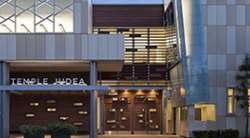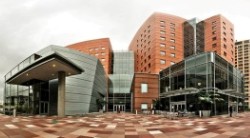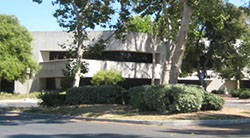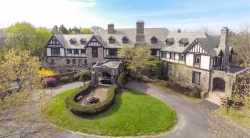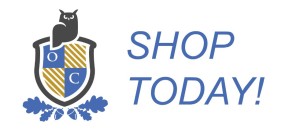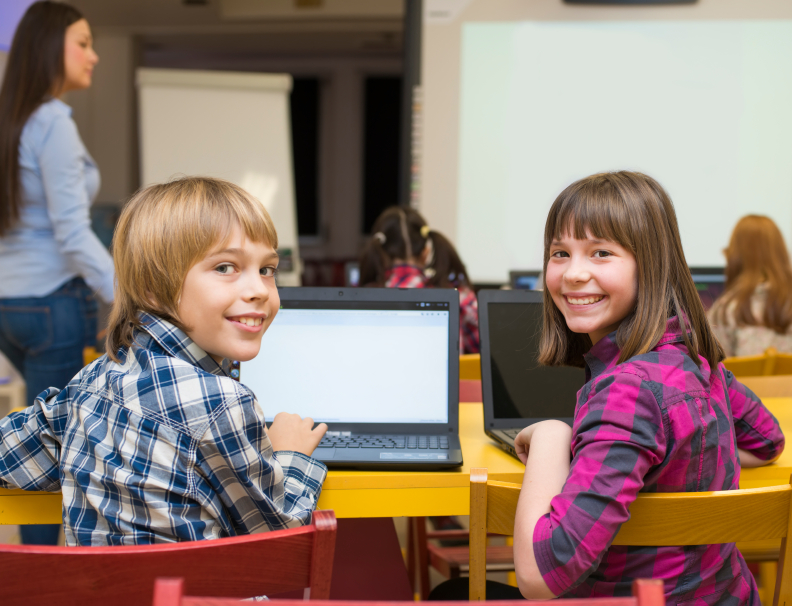
The curriculum at a school for gifted children is essentially the standard curriculum that is modified in some way to meet their particular needs. The individual talent or strength of a gifted student is what drives the modifications and should be the focus of the changes.
Each child is different in talent and capability, and so each program will be different. However, all gifted and talented students learn at a faster rate than their peers, understand more complex information, assimilate information more quickly, learn to a greater depth, and may exhibit interest in subjects differently.
These students are more comfortable with concepts and can think in generalizations as well as ask more probing questions. They may focus on areas of special interest or want to delve deeper into traditional areas of learning.
A curriculum that is designed to accommodate gifted and talented students can differ from a conventional one in several ways including modifications to content, process, environment, and product expectation (the kind of student response).
Content is Accelerated or Broadened
Content involves ideas and concepts relative to some subject. Content can be compacted or accelerated, summarized, reorganized or presented in more conceptual form. Students can learn content at their own pace and in the way that fits their particular learning style.
Middle and high-school level students are encouraged to learn content in a more integrated fashion, combining traditional subject areas in single projects. Teaching G/T students at this level is more interdisciplinary.
The Process Involves Higher-Order Thinking
The school for gifted and talented students offers a curriculum that is more intellectually challenging for students. It is one that asks students to do more than memorize and recall information. It moves higher up the scale of Bloom’s Taxonomy of Education guidelines to analysis, synthesis, and evaluation.
Process change also includes expectations of more challenging responses from students. Instead of multiple choice questions, there is a greater emphasis on open-ended questions and abstract thinking. Students are asked to analyze situations and conditions, synthesize individual elements into more complex structures, and evaluate a variety of effects.
A School for Gifted Children is Student-Centered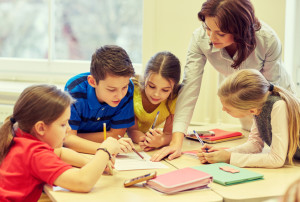
The school for gifted children provides an environment that encourages inquiry and independent study. It is student-centered. It provides a wide variety of materials and works to connect studies with the outside world and real-life problems and challenges.
The school provides opportunities for creative expression. This can involve not only artistic expression like music or art but also creative problem-solving or creative application of what is being learned. The creation of a model city can demonstrate practical use of mathematics, engineering, and social concepts.
Students can Respond in Creative Ways
In the school for the gifted, students are encouraged to respond in different ways to demonstrate what they have learned. Designing cities is one such application. Creating games is another. The students are asked to synthesize what they have learned in a book or story and apply that knowledge in a unique way.
Responses are consistent with the learning style of the particular student. The projects allow the students to express their individual interpretations of what is being learned and how they see it being applied to the world around them.
Mathematics Study is Modernized
The school for gifted children uses current-day practices and technologies to teach mathematical concepts and applications. This includes digital project-based learning, videos, and gamification.
The math curriculum addresses educational standards in traditional subject areas. Students in the early grades learn the basics of numbers and number lines rather quickly and soon become ready for more challenging topics. Fifth, sixth, and seventh-grade students learn algebra, geometry and calculus, but in a way that is personalized and self-paced and offers opportunities for independent study.
Math is often taught in a multidisciplinary way involving other subjects like Writing or English. Gifted students can integrate learning and express concepts which combine different subject areas.
Reading Explores Individual Interests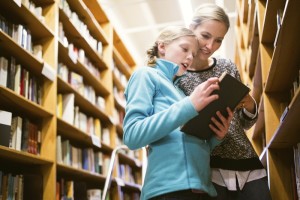
Young gifted children entering school show a higher level of reading skills, both in accuracy and comprehension, than older children. It is important for teachers to recognize and encourage this skill level. If they don’t, it is possible for the gifted students to lose interest in reading, slow down, or fold into the average performance of the class.
Gifted children do not all read at the same level and are not necessarily a homogeneous group. Each child learns at a different pace. They have different cultural and linguistic backgrounds, emotional and intellectual differences. Reading programs should be individualized.
Comprehensions skills are different, too. Although gifted students comprehend better than their peers, they will benefit from further instruction to maximize their potential for learning subtleties of meaning and for understanding highly complex material.
Gifted children should be able to choose their own reading material, but with the guidance of teachers who can instruct them on how to judge good material from bad and who can expose them to a wide variety of genres, writing styles, and topics.
Reading material for young readers should be fresh and flexible and support curiosity, Assignments should be supported by manipulative activities whenever possible.
Reading should stimulate the imagination and lead to analysis, discussion and debate. Characters and plots should be evaluated along with the value of stories and outcomes. It is important for gifted children to be challenged with higher orders of thinking and comparing as well as fully developed opinion-sharing and communications.
Gifted students should be allowed to condense or compact the regular reading curriculum and accelerate content mastery. They should be encouraged to find independent reading sources including advanced trade books. And they should be allowed to use the web and other technologies.
Language Arts use Stimulating Exercises
Gifted students can assimilate complex information. They read better and absorb information better. They need stimulating experiences from home or school to drive their interests and spur their imaginations.
Schools often provide exercises like analysis of poem styles or novels and application of author techniques to stories that the students themselves write. They learn to use different points of view and different writing styles. The exercises are designed to encourage creative expression rather than simply reporting on what was read.
Science Offers a World of Options
Science is one of the STEM subjects covered in Education (science, technology, engineering, and math). Science covers many fields, and the opportunities for gifted children are limited only by the teacher and student’s imagination – and the school’s resources. All teachers of gifted students have their own ideas for stimulating the scientific minds of their students.
But in general, science lessons can take advantage of a wide variety of modern communications channels and technology to give students more access to knowledge than ever before.
Internet research combined with email capability enables students to research scientific work and then contact scientists directly. The internet also provides teachers with access to existing units of study in many fields.
Schools can also provide access to science materials and models for hands-on learning, to further stimulate interest and enthusiasm for the field of science.
In a school for the gifted, every child has a world of opportunity to explore and develop his or her own gifts, in a place and at a pace that is best for his or her own talent.

